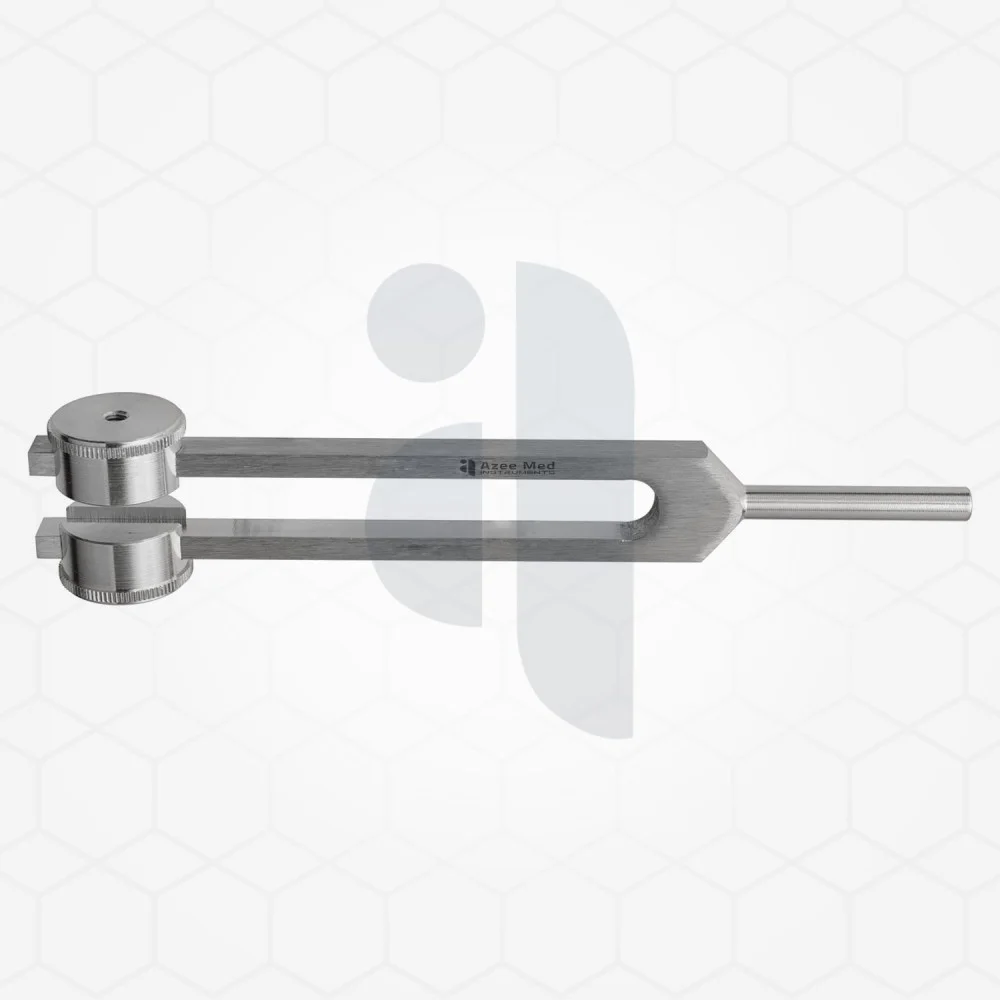
Tuning forks have long been a vital instrument in neurology, used to assess various sensory and motor functions within the body. Their simplicity and reliability make them indispensable in clinical practice. These tuning fork neurology emitting clear and steady vibrations, help neurologists evaluate conditions like peripheral neuropathy, spinal cord injuries, and other sensory disorders.
How Tuning Forks Work in Neurological Assessments
Tuning forks work by producing vibrations at specific frequencies, often 128 Hz or 256 Hz, which are ideal for sensory testing. During a neurological exam, a doctor places an activated fork on the patient’s bony prominences. The vibrations assess the integrity of both superficial and deep sensation, crucial for identifying nerve damage or dysfunction. This seemingly straightforward technique can reveal subtle deficits, aiding early diagnosis of complex conditions. Other tools, such as a double ended curette may complement the test when examining related tactile sensitivity or skin response.
Applications of Tuning Forks in Neurology
One of the primary uses of a tuning fork in neurology is vibratory sensation testing. This test evaluates the receptor pathways in the skin and deeper tissues, providing insights into potential abnormalities. For example, in diabetic neuropathy, diminished vibration sense is often an early indicator. Neurologists may also integrate other instruments like surgery pliers during the overall examination to manipulate and observe fine motor skills or structural integrity. Together, these tools enhance the depth and accuracy of the assessment.
Why Tuning Forks Remain Relevant Today
Despite advances in technology, tuning forks retain their place in modern neurology due to their precision, affordability, and ease of use. They are particularly valuable in resource-limited settings where advanced diagnostic machines may not be available. Their ability to offer critical diagnostic clues makes them a staple in neurology kits, alongside complementary tools like the double ended curette and surgery pliers. This combination opens pathways to both accurate diagnoses and effective interventions.
Future of Tuning Forks in Medical Practice
The role of tuning forks continues to evolve with advancements in neurology. While digital tools and imaging techniques become increasingly prominent, the tactile feedback and sensory insights offered by tuning forks remain irreplaceable. When used alongside tools like surgery pliers for procedural adjustments or a double ended curette for intricate evaluations, they provide an unparalleled level of precision. This synergy promises their continued relevance in both routine and specialized medical exams.
Tuning forks are more than a simple tool; they are a pillar of neurological diagnostics. Their integration with other equipment amplifies their utility, making them vital not only for accurate diagnoses but also for ensuring better patient outcomes.